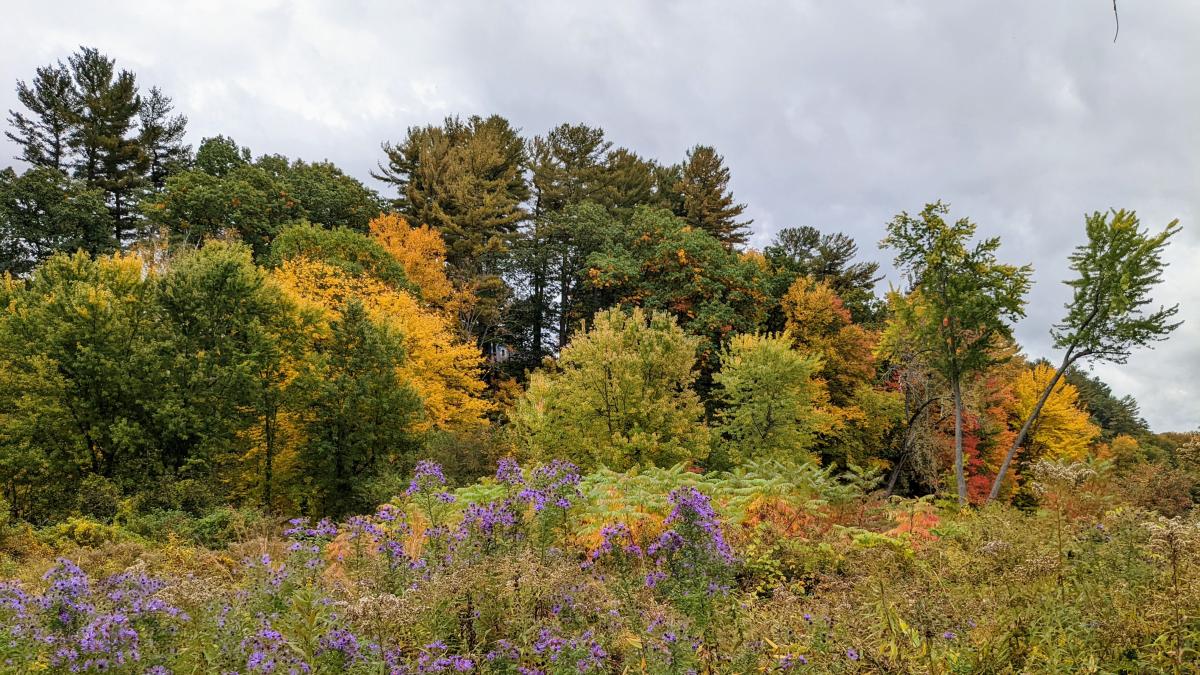
Our goals for this site are to encourage people of all backgrounds to get to know and build
relationships with the plants and trees all around them. The Greenbelt Protected Area contains
a patchwork of diverse protected and conserved landscapes, trails, botanical gardens, cultural
heritage sites, city parks, farms, and more. We hope and intend for users of this site to be able
to use it to go to the places we surveyed, and learn directly about the plant and trees species,
their names and cultural uses, in those places. However, many protected areas prohibit
harvesting by the visiting public, even when the public are engaged in citizen science. Members
of the Indigenous nations whose homelands are in and around the Greenbelt Protected Area
have unique harvesting rights for personal and familial use, that are protected by the treaty
agreements and international rights of Indigenous peoples. Therefore, we would discourage
people from harvesting plants from protected and conserved areas for use and consumption,
but encourage people to use this survey to get to know the morphologies, histories, and life-
cycles of each species, in order to be responsible, sustainable harvesters.
We have included the conservation status of each species from the website natureserve.org, a
non-governmental, apolitical meta database of conservation status data for species
at the state and provincial levels, across North America and around the world. We have done
this so that learners can familiarize themselves with the conservation status of species, so that
everyone can be aware of how to protect that species. More importantly, we encourage that
learners endeavor to understand Indigenous values for harvesting and practices that
regenerate plant and trees relatives, so that building our relationships with biodiversity does
not lead even more to its demise, but helps us protect and regenerate the species around us.
Some Indigenous values for harvesting have to do with precautionary principles of restraint,
such as not harvesting any plants if there are not enough members in the community (not
taking the “first” or only plant you see), and if the plant community is large enough, only harvesting a
few. However, there are species-specific practices that citizen stewards can learn, to build
population regeneration into their practice. Above all, we wish to inculcate among the viewers
of this site, a sense of wonder and responsibility to share knowledge, respect and protect
biocultural diversity, and do everything we can to protect the health and balance of all species
within the ecosystems we depend upon and share. Thank you for visiting, and wishing everyone
a wonderful experience on the land!